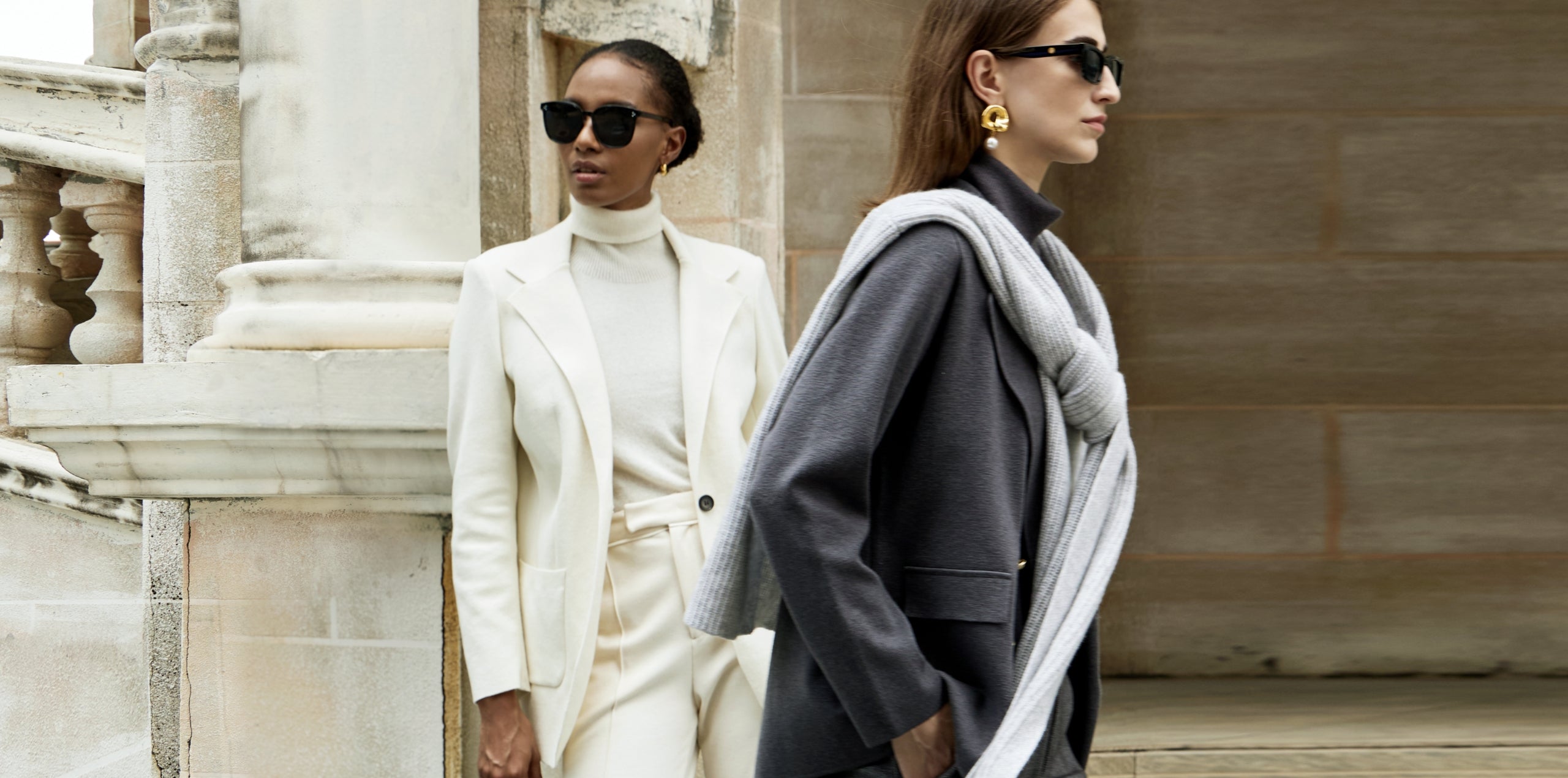Though the intricate 3D "Four-Stockinette and Air Layer " Knitting, different stitches correspond to different pieces, enabling the realization of unique details in each part of the blazer's design.
It requires two distinct types of techniques: knitting and weaving.The knitter must adhere strictly to the pattern for each garment, piece and yarn strand, knitting to the exact size required before it is handed over to the tailor for seamless one-piece sewing.This demands interlocking and close collaboration. Any deviation beyond the specified range could prevent the assembly of the pieces into the final blazer.
Though the intricate 3D "Four-Stockinette and Air Layer " Knitting, enabling the realization of unique details in each part of the blazer's design.
It requires two distinct types of techniques: knitting and weaving.The knitter must strictly knit every part to the exact size required before it is handed over to the tailor for seamless one-piece sewing.This demands interlocking and close collaboration. Any deviation beyond the specified range could prevent the assembly of the pieces into the final blazer.














































